
Starting June 1st, 2023 Our warehouse fee will be $0.65/cubic foot per month
In effort to lower the warehouse storage fee during inflation, we have went narrow aisle racking.This construction took us four months but the project is finally completed. With narrow aisle racking, we are able to drop storage by 24%.We as partners will go through this inflation together.
04/24/2024
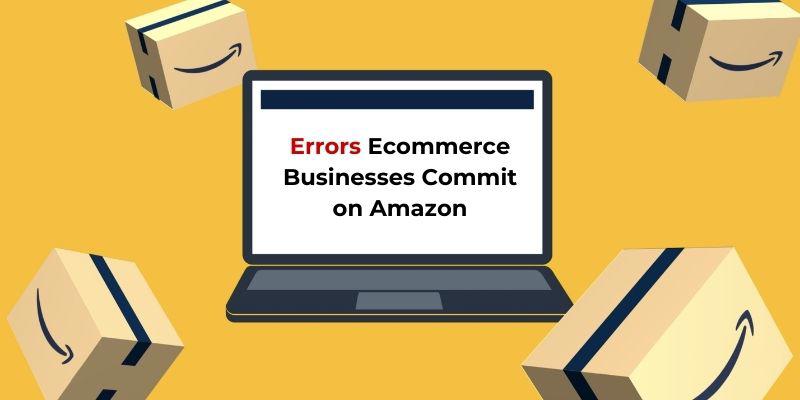
In the contemporary era, a significant portion of consumers prefer online shopping, with Amazon standing out as the largest ecommerce platform. On Amazon, shoppers can conveniently purchase a wide array of products at competitive prices, coupled with expedited 2-day shipping.
Despite Amazon's status as an ecommerce giant, effectively selling products on the platform can be challenging. Below are the five most common mistakes that businesses make on Amazon, their implications, and strategies to evade them.

For businesses to thrive on Amazon, they must devise well-considered pricing and ecommerce fulfillment strategies, crucial determinants of success, particularly in securing the coveted Buy Box.
Amidst the challenges posed by the COVID-19 pandemic, many Amazon sellers are grappling to maintain consistent sales, with over a third facing struggles. This underscores the urgency for sellers to optimize their product listings and fulfillment processes like never before.
Let's address some frequently asked questions that Amazon sellers commonly have regarding pricing and selling strategies:
The Buy Box prominently displays the "buy" and "add to cart" buttons on product pages, through which the majority of Amazon sales occur.
Winning the Buy Box signifies being the preferred seller of a product, ensuring that when a user makes a purchase, it's from your listing.
Approximately 90% of Amazon sales are routed through the Buy Box, making it a vital asset for boosting overall sales and enabling the use of sponsored product ads.
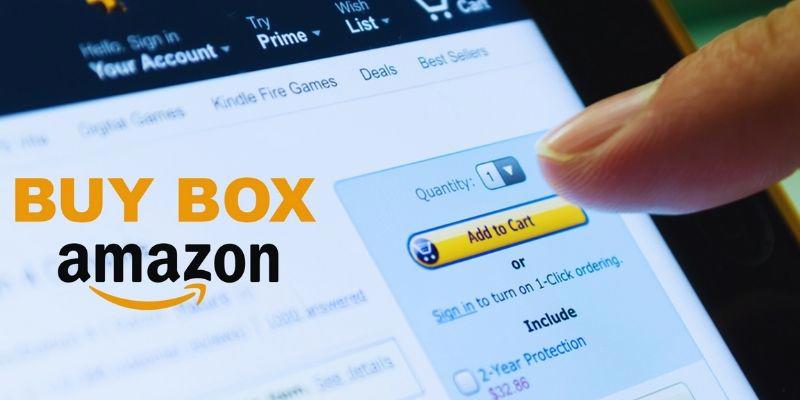
Winning the Buy Box involves various factors, with pricing and fulfillment strategies being paramount.
Choosing a pricing strategy depends on several factors, including your role in the market and competitive landscape. Experimentation and analysis are key to finding the optimal price point.
Amazon offers three fulfillment methods:
Fulfillment by Amazon (FBA): Amazon handles storage, packing, and shipping, granting Prime status but relinquishing some branding control.
Seller-Fulfilled Prime (SFP): Sellers manage their inventory and shipping while meeting Amazon's strict guidelines to attain Prime status.
Fulfilled by Merchant (FBM): Sellers handle all aspects of fulfillment, retaining branding control but missing out on Prime benefits.
Navigating Amazon's marketplace requires a nuanced understanding of pricing dynamics and fulfillment logistics, both of which profoundly impact a seller's success. You should also study the articles below to contribute to the knowledge you need to improve the efficiency of your business's operations.
👉 What is Amazon Wholesale FBA? Guide for selling products effectively
👉 Amazon Seller Fees: Explained, How to Cut Selling Costs on Amazon
👉 Amazon FBA vs Dropshipping in 2024? Which is the choice for you?
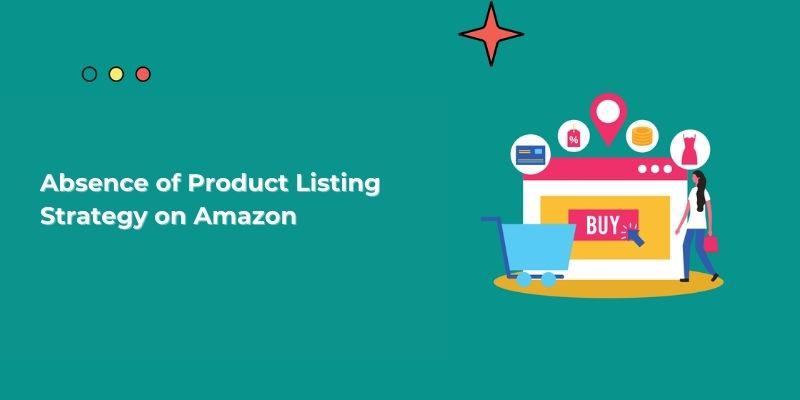
Crafting an effective product listing is paramount for enticing consumers to choose your product. Here's a breakdown of key areas to focus on in your product listing strategy for optimal success:
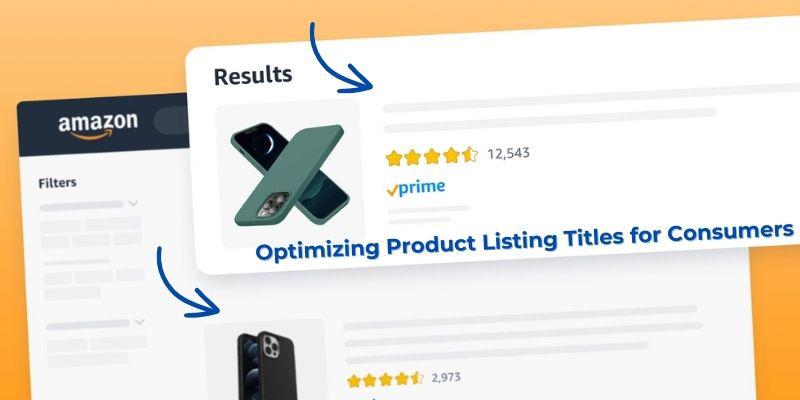
By optimizing these aspects of your product listing strategy, you can effectively capture consumer attention, improve click-through rates, and ultimately drive conversions on Amazon.

Standing out on Amazon can be tough amidst fierce competition, leading some businesses to shy away from advertising on the platform altogether. However, leveraging Amazon's ad platform offers several potential benefits:
Amazon Ads boast remarkable conversion rates, with pay-per-click ads averaging a 10% conversion rate. This is notably higher compared to other advertising platforms. Given that Amazon shoppers already exhibit high purchase intent, utilizing paid ads can significantly boost sales.
Advertising on Amazon can positively impact your organic performance. Increased sales from ads contribute to higher sales ranks, subsequently enhancing your visibility in organic search results. As Amazon's organic rankings update frequently, monitoring the impact of ads on organic traffic is crucial for optimization.
Advertising on Amazon enables you to reach a broader audience, capturing potential market share that would otherwise be missed. Research suggests that 42% of Amazon shoppers never venture beyond the first page of search results. By ranking prominently through ads, you can tap into this sizable pool of potential customers.
Despite the growing number of businesses on Amazon, the advertising landscape remains relatively uncrowded compared to other platforms. This presents an opportunity for early adopters to establish a competitive advantage. With online shopping surging year-over-year, Amazon Ads offer new entrants ample room to carve out a niche and outperform competitors.
By embracing Amazon's ad platform, businesses can enhance visibility, drive conversions, and gain a competitive edge in the bustling online marketplace.
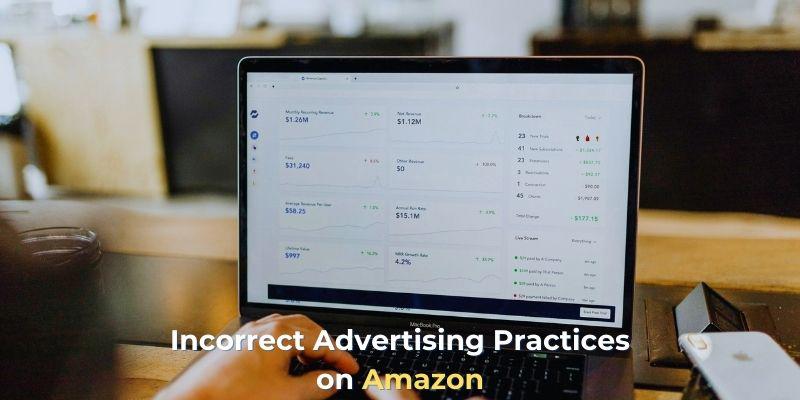
Even if you're already running advertising campaigns on Amazon, it's crucial to ensure that your approach is optimized. Here are common mistakes to avoid and strategies to enhance your Amazon advertising efforts:
Inadequate campaign structure can lead to inaccurate reporting and inefficient targeting. Ensure your campaigns are well-organized by utilizing detailed categorization methods to group similar products together within the same campaign.
Relying solely on one ad type, such as sponsored product ads, limits your reach and effectiveness. Diversify your ad types to include headline search ads and product display ads to cater to different consumer preferences and behaviors.
Competitors are ubiquitous on Amazon, and overlooking a competitor strategy can result in lost sales. Target competitor keywords and product detail pages to intercept potential customers searching for competing products and mitigate the risk of being undercut by competitors.
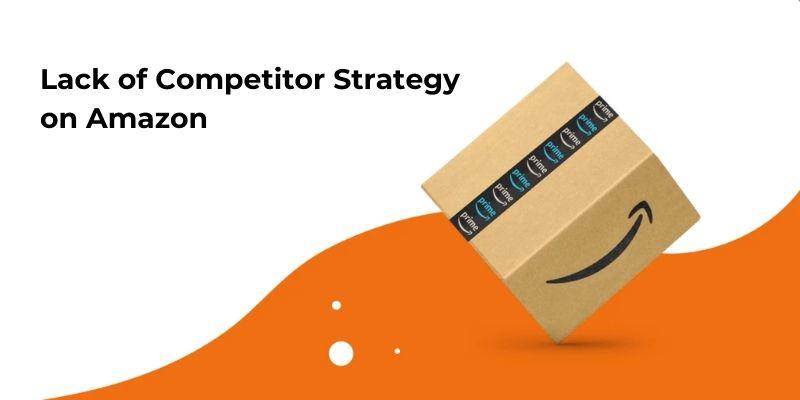
Utilize placement and targeting bid modifiers to optimize ad visibility and performance. Adjust bids for different placements and targeting criteria to maximize the effectiveness of your campaigns.
Negative keywords are essential for preventing your ads from appearing in irrelevant searches, thus conserving your budget. Regularly review search terms reports to identify irrelevant terms and add them to your negative keyword list to ensure efficient budget allocation.
Amazon Ads is a dynamic platform, necessitating continuous testing and optimization. Experiment with different strategies and measure performance to identify what works best for your campaigns. Iterate on unsuccessful strategies and test new methods to refine your advertising approach over time. By avoiding these common pitfalls and implementing effective strategies, you can optimize your Amazon advertising campaigns for improved performance and success in the competitive marketplace.

Partnering with an Amazon third-party to manage your account can offer numerous benefits that outweigh the associated costs. Here's why:
By outsourcing your Amazon marketing strategy, you free up internal resources that can be redirected towards core business activities. Letting professionals handle your Amazon channel allows your team to focus on tasks where they can provide the most value.
Amazon partners are often at the forefront of new feature adoption and testing, leveraging their extensive experience across multiple client accounts. They have insights into upcoming features that may not be publicly announced by Amazon, ensuring your business stays ahead of the curve.
The best Amazon partners typically have access to new product betas before they're released to the general public. Collaborating with a partner can grant your business early access to these betas, providing a competitive edge in leveraging new tools and functionalities.
Partnering with an Amazon third-party ensures expedited support and issue resolution. Amazon prioritizes issues reported by partners, leading to quicker resolutions for any major issues encountered with your Amazon ads.
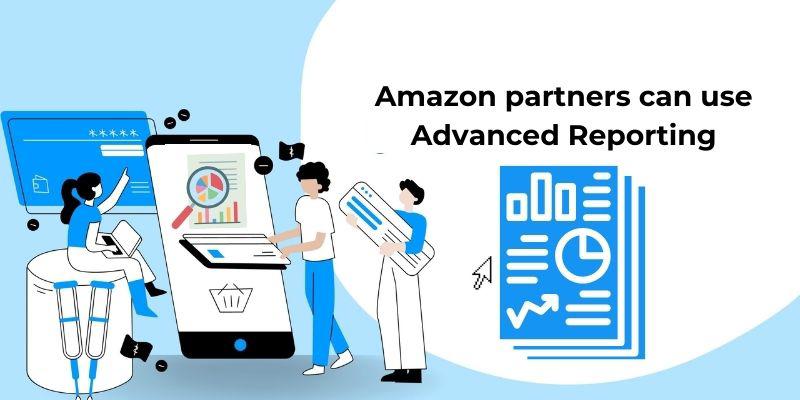
Amazon partners have access to advanced reporting tools and analysis that average sellers may not be able to access independently. Partners can provide insights through internal reports and request specialized reports on category performance and forecasts, allowing for informed decision-making and optimization of advertising strategies.
While working with an Amazon partner may incur additional costs, the value they provide in terms of expertise, access to resources, and enhanced support can significantly outweigh the investment, ultimately leading to more effective and successful Amazon advertising campaigns.
Don't skip this article, it will be helpful in optimizing your costs when doing business on Amazon: 👉 How to Minimize Amazon Pick and Pack Fee Costs
SEO
Digital Marketing/SEO Specialist
Simon Mang is an SEO and Digital Marketing expert at Wordcraft Logistics. With many years of experience in the field of digital marketing, he has shaped and built strategies to effectively promote Wordcraft Logistics' online presence. With a deep understanding of the logistics industry, I have shared more than 500 specialized articles on many different topics.

Amazon Handbook
02/20/2023
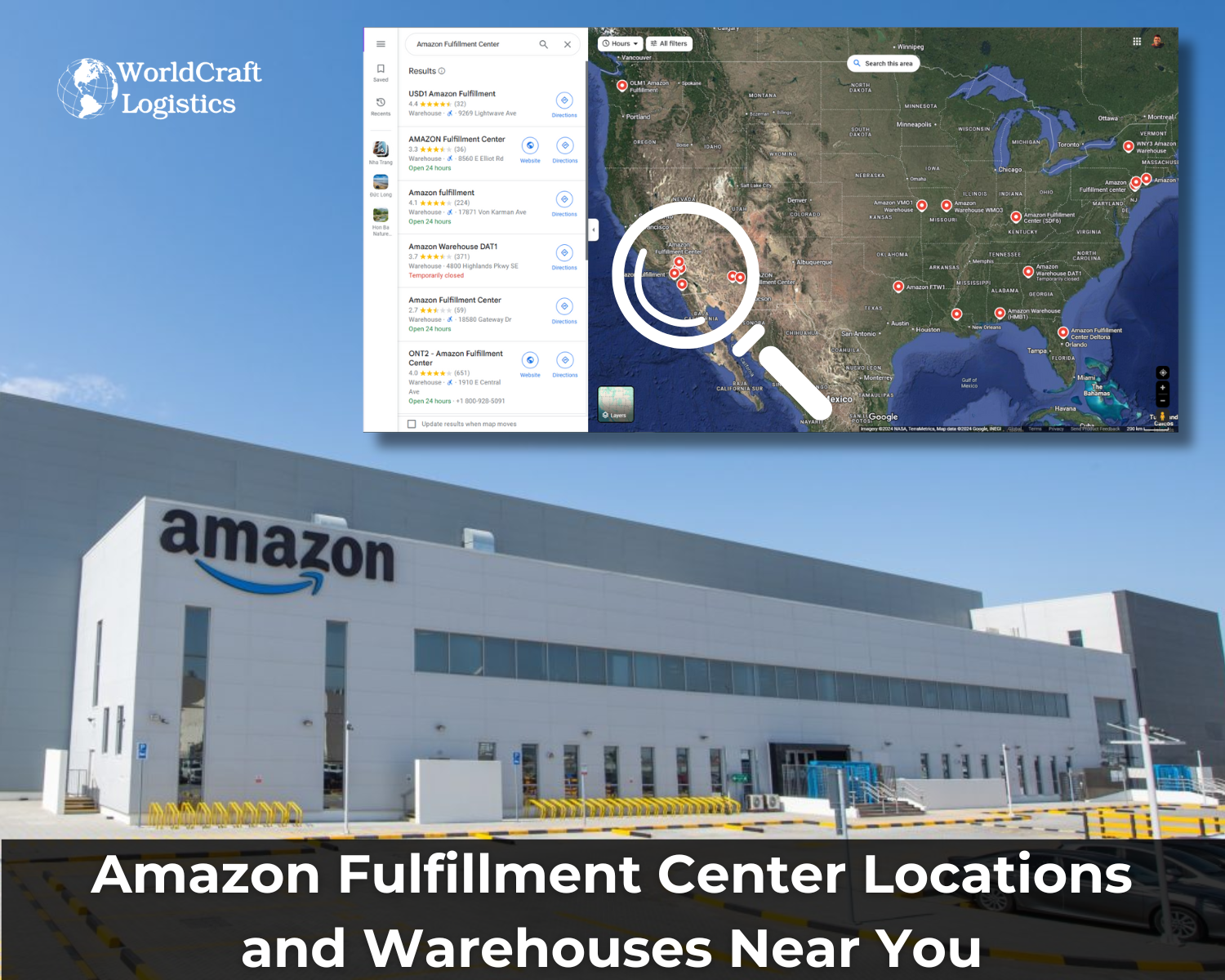
Amazon Handbook
11/10/2024
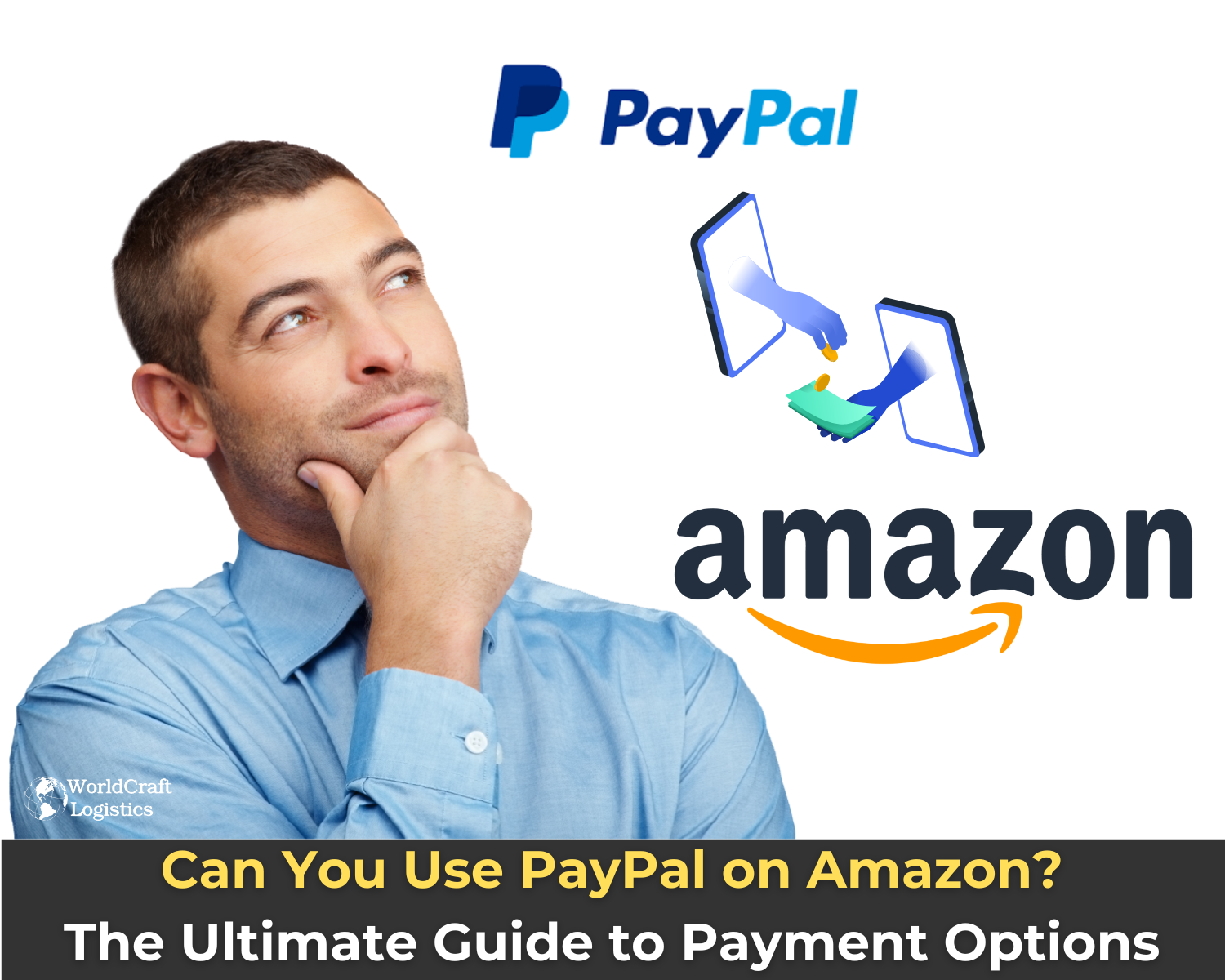
Amazon Handbook
09/15/2024
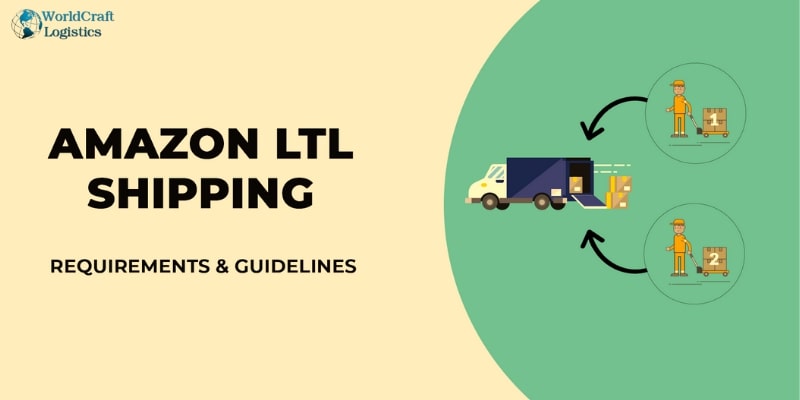
Amazon Handbook
10/15/2023
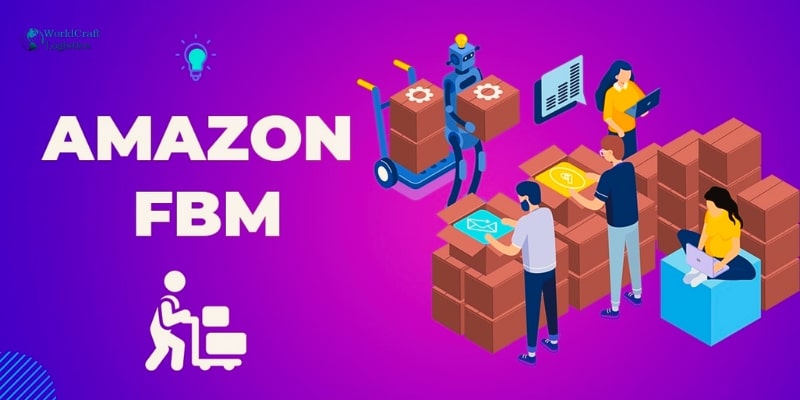
Amazon Handbook
12/04/2023